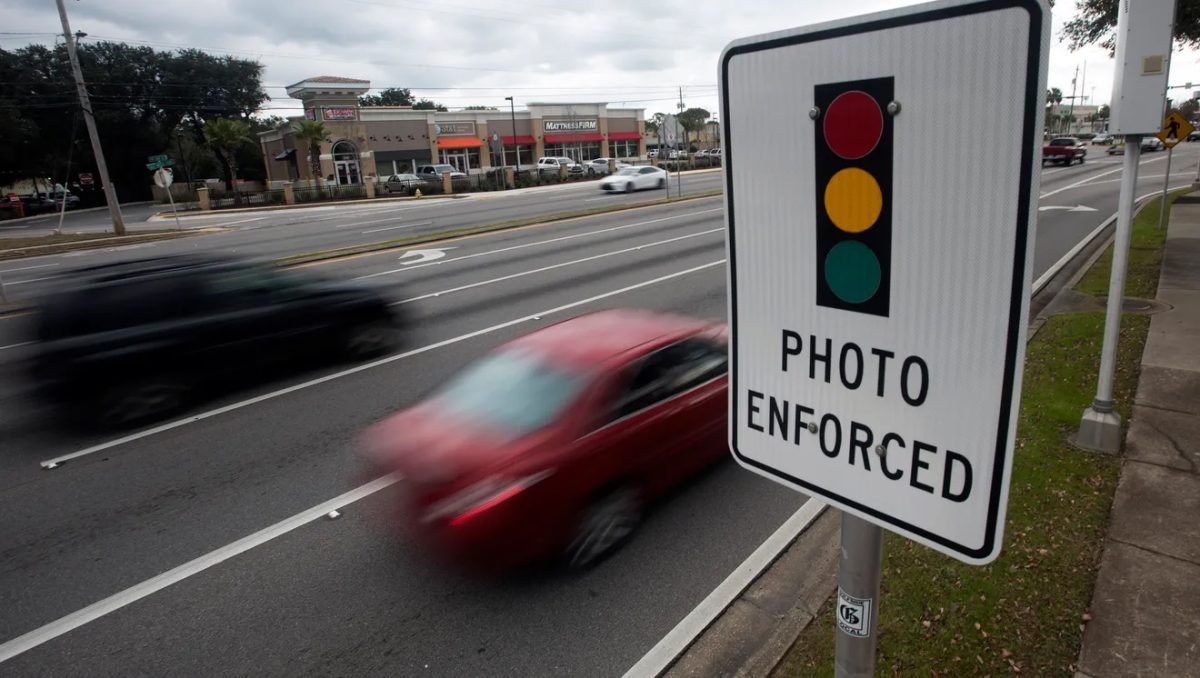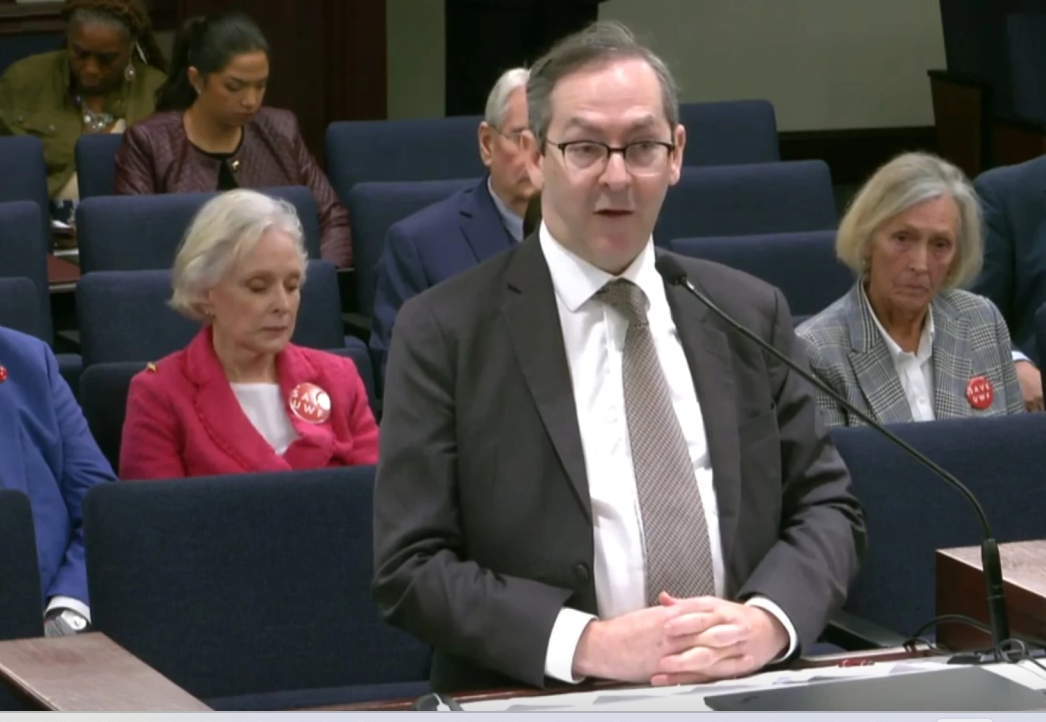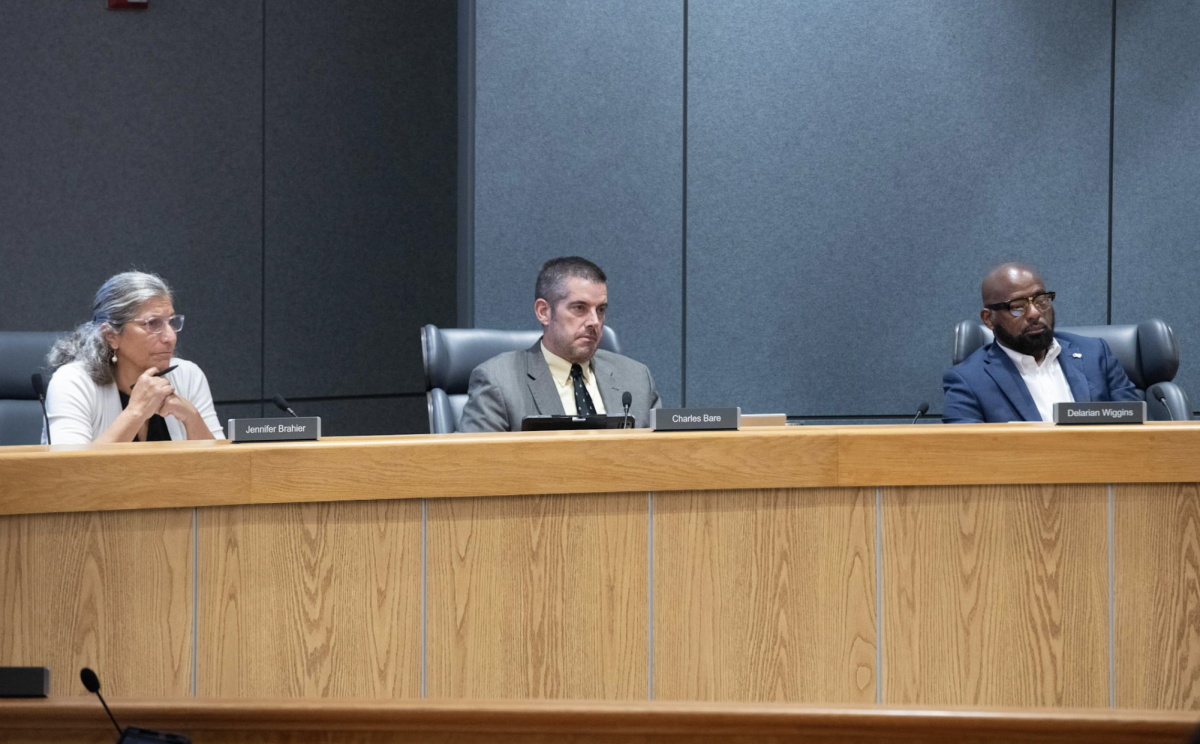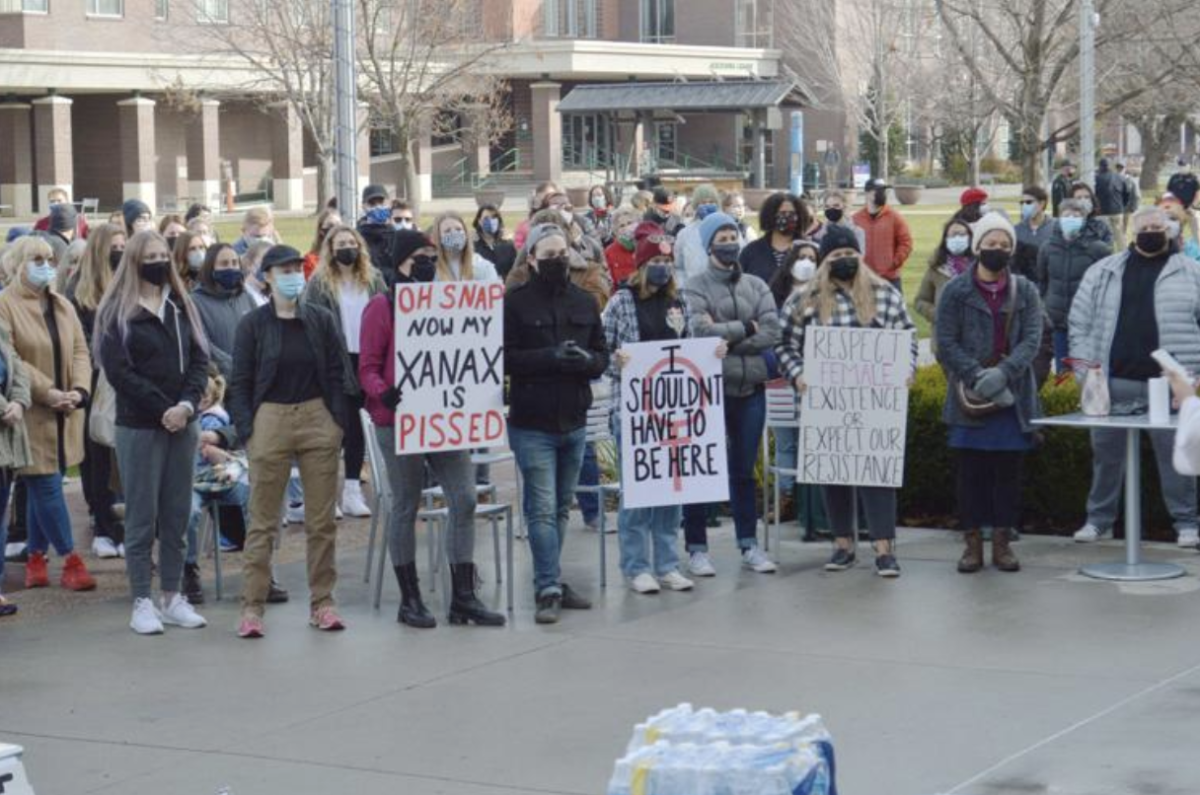On October 26, 2023, Pensacola mayor, D.C. Reeves announced the installment of new red light cameras at certain intersections around Pensacola. Reeves wanted to install more cameras to decrease the number of drivers running red lights at the most dangerous intersections in the city. In the mayor’s 102-page transition report it stated that back in January of last year he had listed that installing red lights in Pensacola’s intersections with the highest crash total was a part of the recommendations that he wanted to improve upon. Reeves stated that the statistics are “shocking” as there are at least “40 to 50 red light blow-throughs a day.”
Furthermore, on December 19th, 2023, Reeves planned to place a green light as he had installed new cameras in the listed intersections:
- 9th and Bayou on the North, South, East, and West approaches
- 9th and Airport on the North, South, East, and West approaches
- 9th and Fairfield on the East and West approaches
- 9th and Gregory on the Westbound approach
- Davis and Fairfield on the East and West approaches
Infractions will be administered if a driver travels straight through a red light or makes a left turn on a red light. Reeves wants the metric to be “fewer red lights” as the city “used to have, fewer fatalities, injuries, fender benders, at all of these intersections.” The Pensacola mayor is hoping with this implementation, these hazardous numbers will start to decrease and the city will be on the pathway towards safety this year.
What are red light cameras?
Red light cameras are cameras attached to red lights that will take photos of any vehicles that pass through an intersection after the light has switched to red. There have been some mix-ups with red light cameras versus traffic cameras – as we will go through the different types of traffic cameras to help differentiate between them all.

- Red light cameras – To catch and ticket motorists who run red lights
- Speed cameras – To spot and ticket drivers who violate the posted speed limit
- Traffic sensor cameras – To monitor the flow of traffic and road conditions, no infractions are issued
- Automated number plate recognition cameras (ANPR) – The use of AI to read license plate numbers for tracking a specific vehicle’s whereabouts; Cross references with the government in the motor vehicle databases
Red light cameras operate by taking two photos and a 12-second video that will record the vehicle, location, speed, date and time that the infraction had occurred as well as the amount of time passed since the red light. Hard braking at the light and stopping just past the camera’s trigger point may lead to setting the red light camera off. American Traffic Solution, one of the leading companies that play a huge role in red light camera violations, sorts through the images and puts them into two databases (Working and Non-working.) A working database constitutes possible traffic violations while non-working accounts for a database that police do not use for ticketing. From there, they would review the photos of cars entering and going through the intersection. If a motorist has been caught, they will receive a ticket in the mail.
A red light camera ticket costs $158 in total but can increase to $262 if those cited fail to pay. However, a huge issue that many residents and politicians want to argue against would be that the ticket is only issued to the registered owner of the vehicle, not the individual who drives the vehicle.
Are red light cameras legal in Florida?
Yes, red light cameras have been legal in Florida since 2010 due to the Mark Wandall Traffic Safety Program. The program was named after Mark Wandall as he was killed by a motorist who had run a red light which would, therefore, authorize the use of red light cameras throughout the state.
However, many politicians and citizens have tried to challenge the legality of red light cameras as the case of Jimenez v. State had established the precedent for red light cameras in Florida.
Jimenez tried to argue that the city of Aventura’s red light camera enforcement program was illegal since it included the use of a third-party agent to review images from the city’s red light cameras before sending them to city police to determine the ruling of a traffic citation. However, the court held that the city did not violate the Mark Wandall Traffic Safety program as it allows enforcement officers the power to issue citations for traffic infractions captured by these red light cameras.
To this day, politicians still are fighting against the ruling as well as the program to be taken down because they believe it violates constitutional rights.
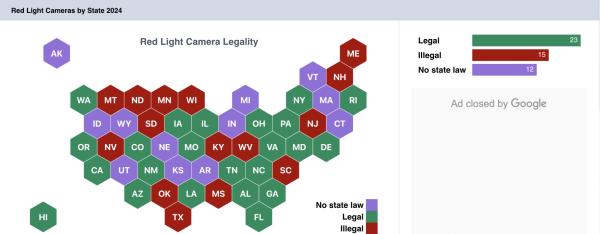
SLOW DOWN: red light cameras vs. politicians
In December 2023, Representative David Borrero and Senator Ileana Garcia filed proposed constitutional amendments to ban the use of “traffic infraction detectors” and red light cameras in Florida. These would be filed into consideration during the 2024 legislative session that would occur on January 9, 2024.
Borrero and Garcia would need at least 60% of the House and Senate to get on the ballot as well as voter approval. There currently has been no word said on whether the amendments will pass through to the House and Senate, however, it sheds light on the legality of red light cameras.
According to the Insurance Institute of Highway Safety (IIHS), 22% of all traffic accidents in the U.S. are caused by drivers running red lights. Red light intersection accidents resulted in over 1,109 deaths in the country in 2021. Twenty-three states have instituted and legalized the use of red light cameras (Alabama, Hawaii, Illinois, Iowa, Louisiana, Missouri, New Mexico, New York, and North Carolina allow their use in only specific jurisdictions). While 15 states have deemed them illegal and 12 states not implementing any specific law for red light cameras.
Texas is one of the 15 states that have banned the use of red light cameras as the state’s senator and sponsor of the new Texas legislation, Bob Hall, claims that “cameras do not improve public safety.”
The biggest primary concerns of the legality of red light cameras would be privacy concerns and due process. Anti-red light camera spokespeople argue that the government is infringing upon their privacy as well as using that surveillance to their advantage. They believe that they can misuse the footage with the powers they have been given. Furthermore, they also believe that these cameras contravene their Sixth Amendment rights of confrontation with their accusers. In addition, the total number of crashes has increased by 12% as the local government has failed to meet these high expectations through revenue.
However, the opposing side would say that the individual has the right to contest the ticket given to them by providing evidence and that the cameras help to enforce traffic safety to make sure that the motorists do not repeat the same offense. IIHS found that cameras helped to reduce the amount of red light running crashes by 21% and the rate of all types of fatal crashes at intersections by 14%. As well as Ehline Law suggests a 42% decrease in red light violations when using these red light cameras.
GO: What can we do to help crack down on red light camera infractions?
The best thing that we can do, as drivers, would be to always follow traffic rules– which would be slowing down at a yellow light and making a full stop when it hits red. Usually, if we are in a huge hurry, we will speed our way to the finish line but this could also be avoided by leaving earlier than the predicted ETA. This also brings awareness towards the heavy braking at a red light camera– as passing that trigger could result in you receiving that fine in the mail. The last thing would be to spread awareness of the cameras as there might be people around you who have no idea about the cameras posted within the intersections that they drive every single day.
For more information about red light cameras in your city or state, visit photoenforced.com.

